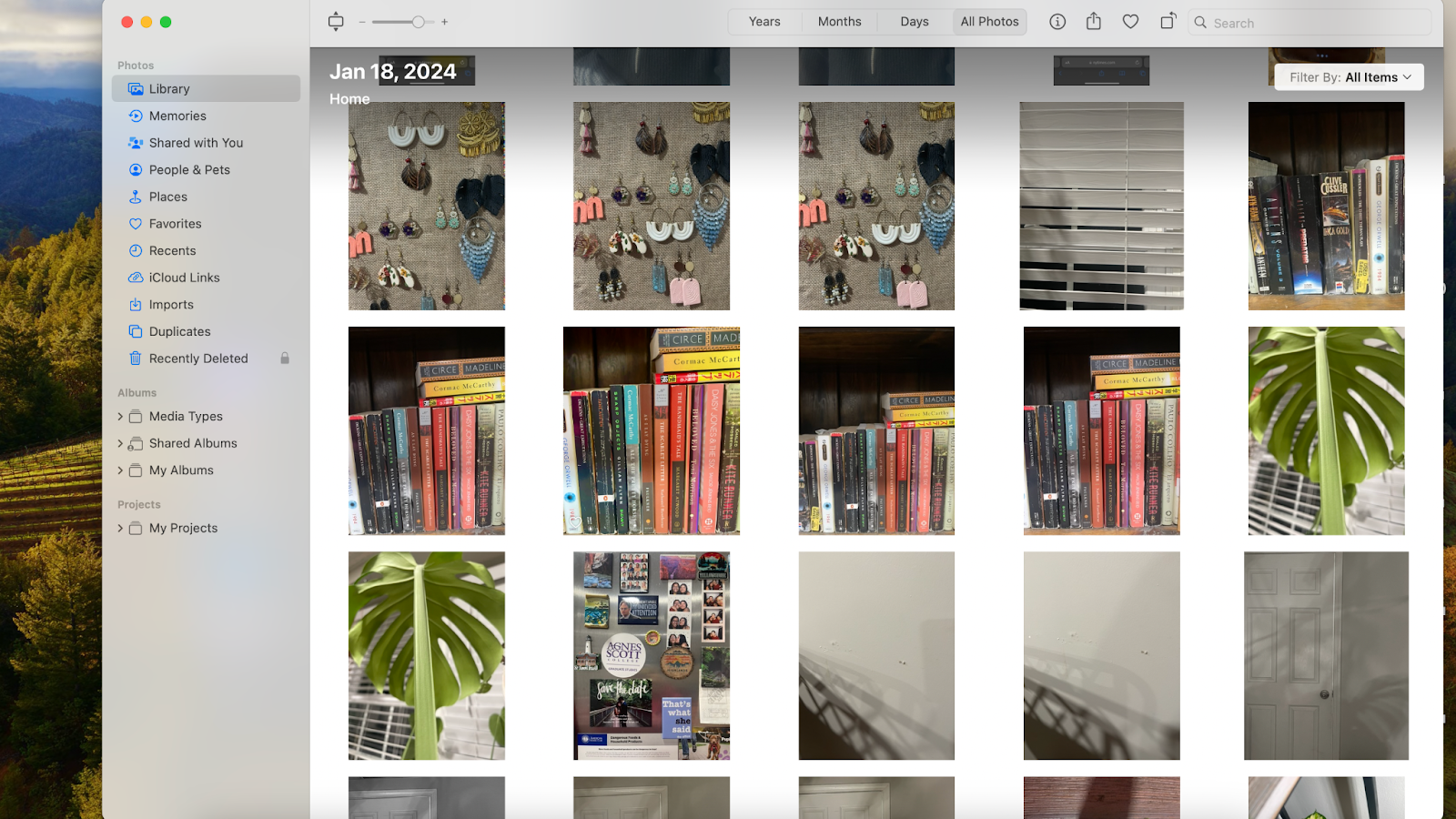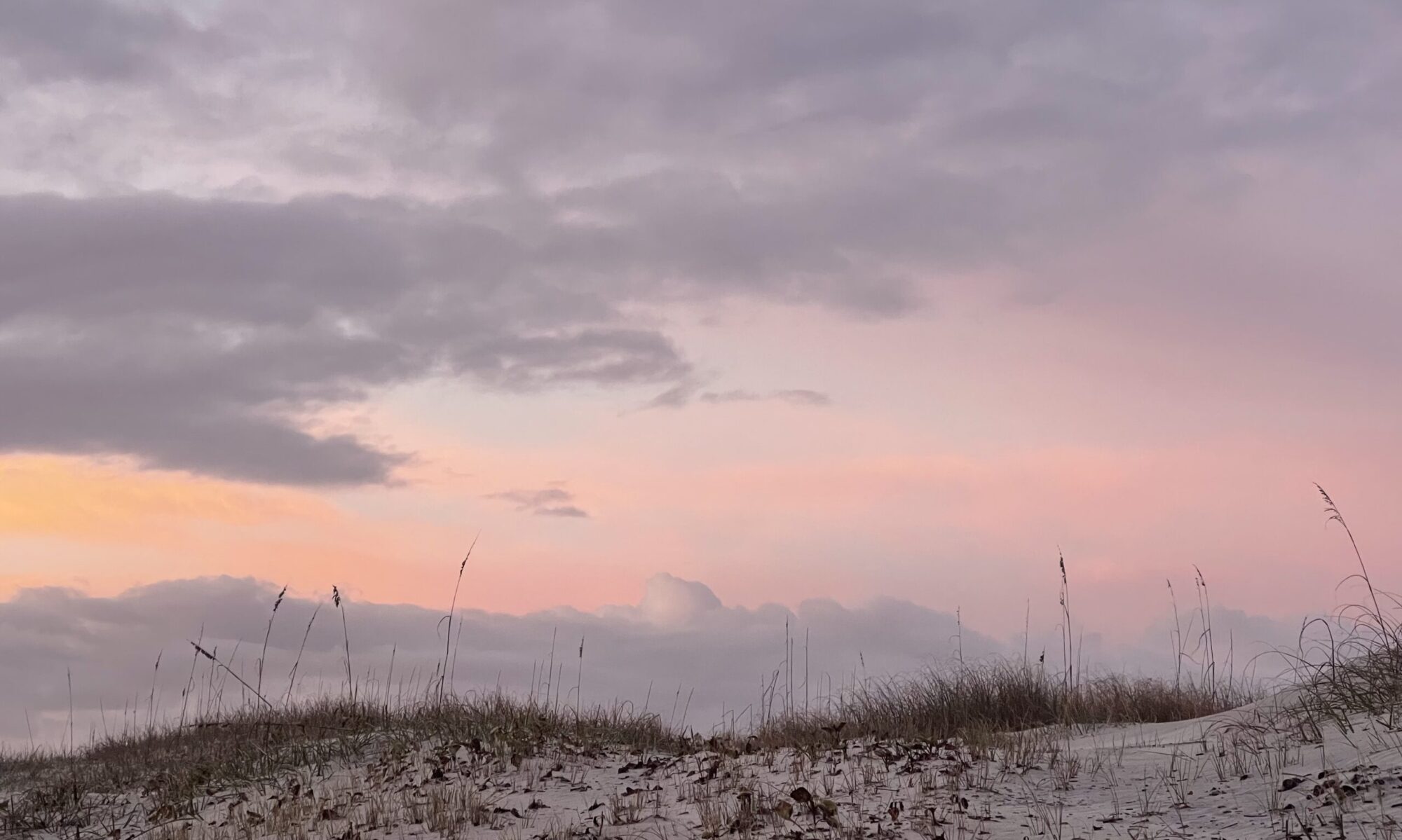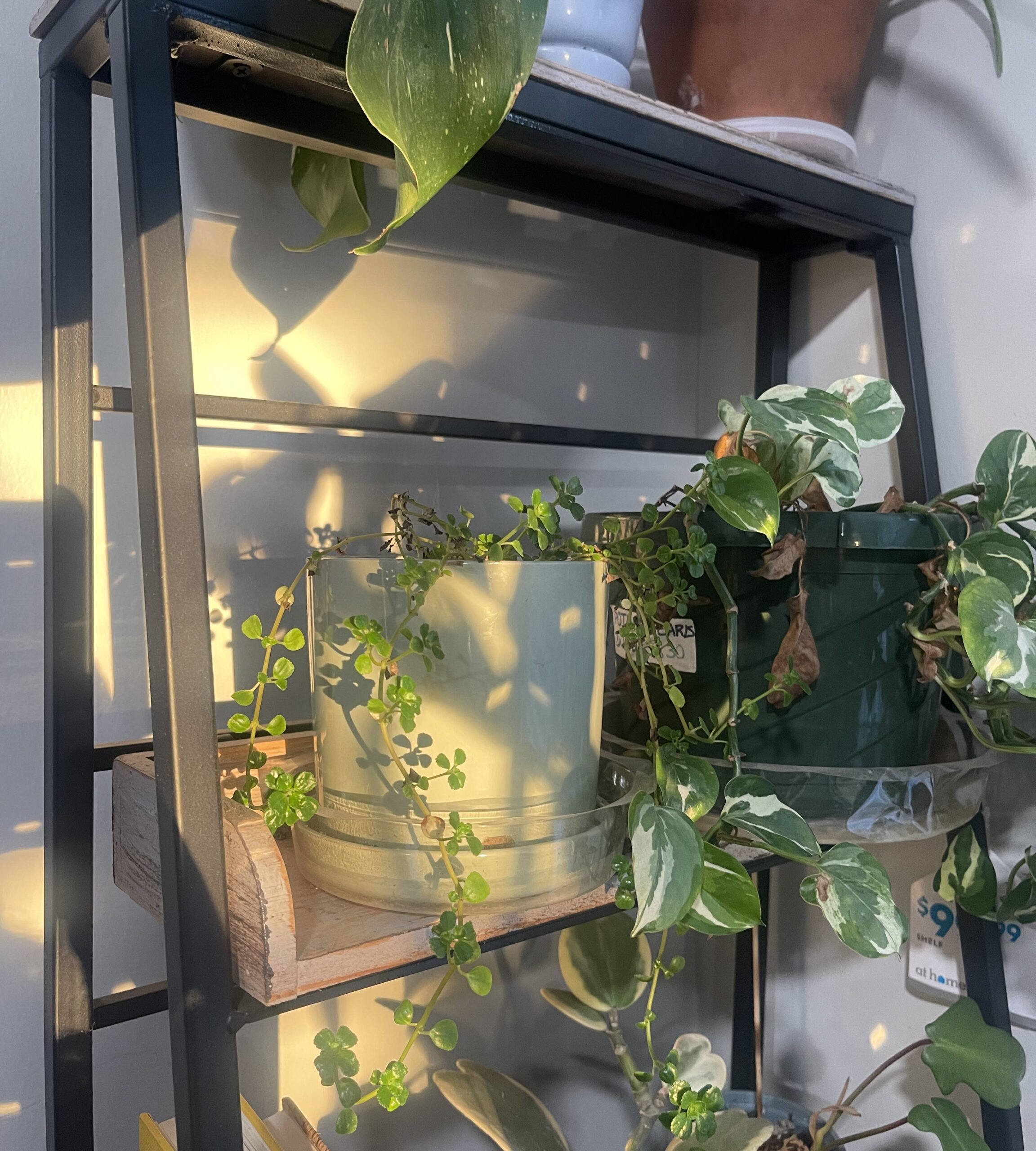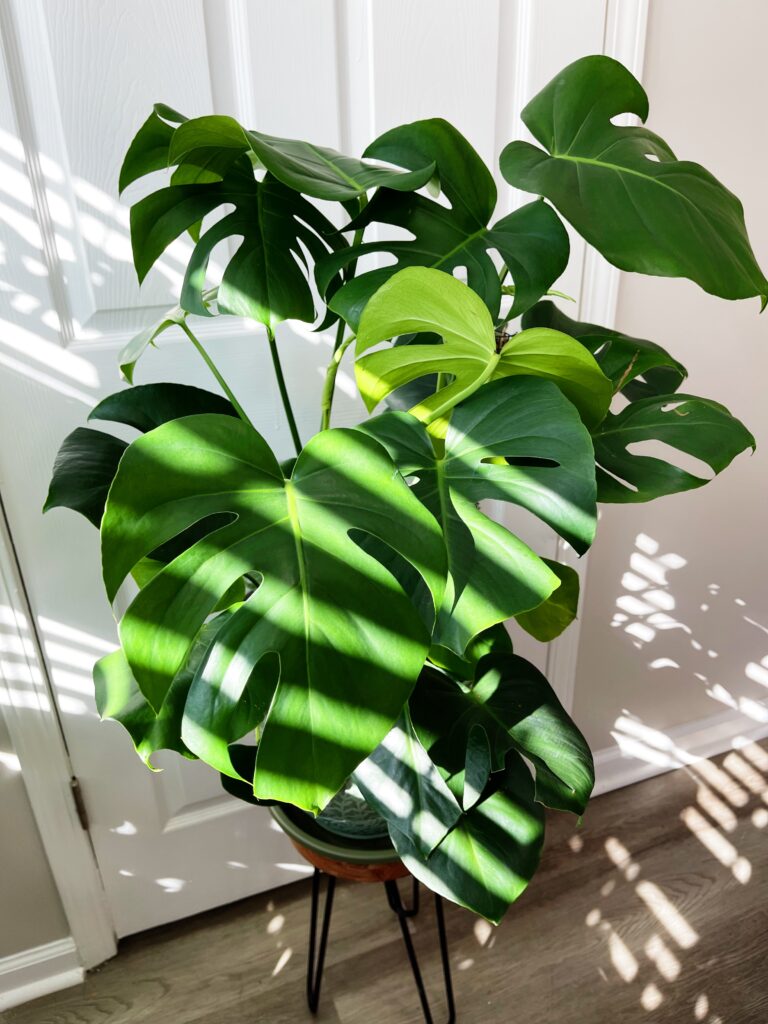This is a placeholder. I hope to showcase some of my data analysis creations here.
Essays
This is a placeholder
Places I’ve Visited
All About Loki
My dog deserves to have an entire page dedicated to him, so here it is:

My husband got me Loki as an anniversary present back in 2022, and we’ve been obsessed with him ever since. Like any typical zillenial, I consider him my son. He is now a year and 8 months old. He loves playing tug of war and fetch. He’s also incredibly spoiled but we’re working on it.
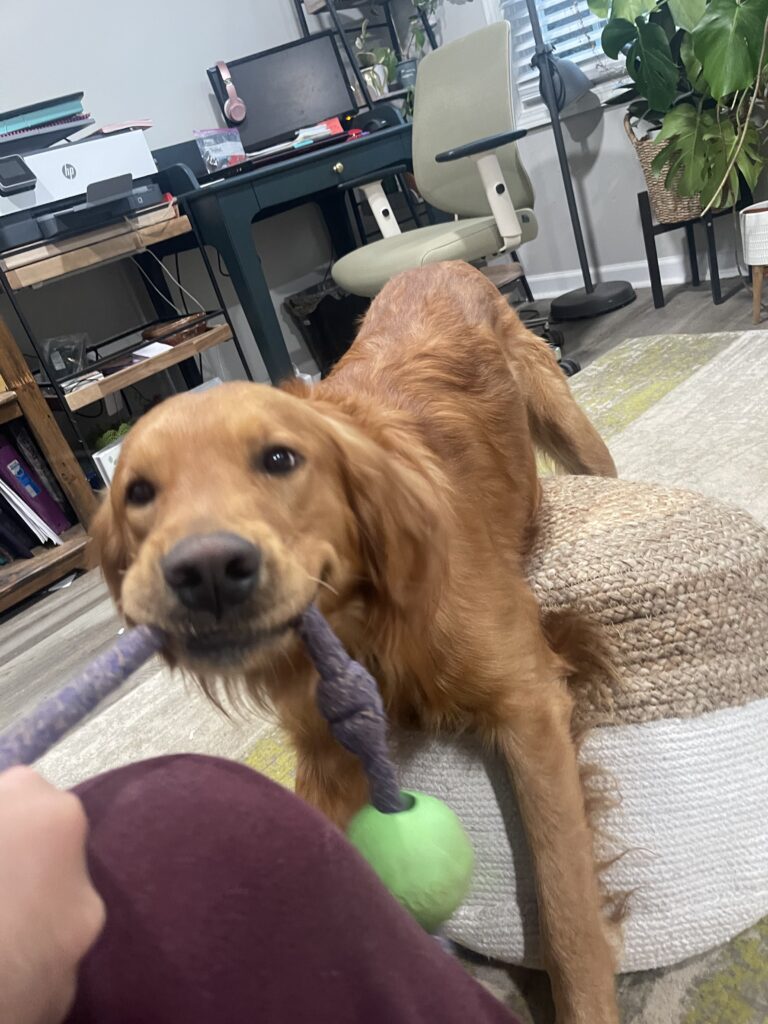
A Dream Deferred
At the age of four, my father came back to visit me in the small town of Boca del Monte, Oaxaca, Mexico. He told me we were going to go see my mom, who I hadn’t seen in almost two years. A few days later, carrying only a bag with our belongings and enough food to survive the trip, we began the trip to el Norte. At night, my dad would carry me on his back while I whimpered in fear, the coyotes warning him that if Border Patrol heard me, we would all be screwed. He would plead with me to stop crying, and I’d say, “I wanna stop crying but I can’t.” I remember the quiet tension on the truck ride to Arizona as I sat at my grandma’s feet, all 12 people silently praying that after a week of traveling, we wouldn’t get caught. We had finally arrived to America, but at what cost?
Currently, there are millions of people in the United States with similar stories. In 2012, President Obama enacted the Deferred Action for Childhood Arrivals program, more commonly known as DACA, after Congress failed to pass the DREAM Act. This program allows these Dreamers, as they are known, to work legally in the United States, get a driver’s license, and obtain a social security number. Currently, there are over 1.6 million undocumented immigrants who came to the U.S. before their 16th birthday (one of the many qualifications for DACA). In October of 2017, Donald Trump announced that the DACA program would be rescinded, giving Congress until March 5th of 2018 to come up with a solution. It has been more than a year since that announcement was made, and DACA remains in legal limbo. As a Dreamer, I live in uncertainty, with the fear that at any moment my life will be turned upside down. Our livelihoods are in jeopardy and our status in this country is at risk. Advocating and pushing for comprehensive immigration reform is imperative, since a lack of a real solution would not only harm immigrants but it would also be devastating to the American economy. Although DACA is by no means perfect, any solution is better than no solution at all.
As a temporary solution, DACA has become an oasis for those who previously had no legal presence in this country. It provided a renewable two-year work permit, which allowed them to get a social security number and thus a job and, in many states, allowed them to obtain a driver’s license. At least in the short term, DACA has reduced some of the challenges that undocumented young adults must overcome to achieve economic and social incorporation. Having a social security number allows them to open a bank account and build credit. For those who find full time jobs, they also have access to healthcare, paid time off, and better working conditions.
Rescinding DACA without anything to replace it with would be a major blow to the American economy. Fortune Magazine states that the economy would miss out on a whooping $280 billion if the government were to rescind DACA and deport the nearly one million immigrants that qualify for it[1]. Another report, published by progressive advocacy group Center for American Progress, found that repealing the program could cost the U.S. $460.3 billion in economic output over the next decade, and that contributions to entitlement programs like Medicare and Social Security could drop by $24.6 billion[2]. Just in Georgia, which has 24,000 Dreamers, annual GDP loss from removing DACA workers would be 1 billion dollars. The majority of the immigrants that qualify for DACA are educated and productive, and removing them from the labor force would make it harder for employers to find highly skilled workers. Overall, the economy would be negatively impacted because there would be less workers to churn out products and services.
Currently, there are multiple bills aimed at fixing our broken immigration system. Unfortunately, the bill endorsed by Donald Trump would eliminate the diversity visa program and important asylum protections, and would allocate $23 billion to fund the border wall, all without giving Dreamers a clear path to citizenship. We must continue to fight for a “clean” Dream Act, which is one that isn’t tied to funding for a wall or a reduction in legal immigration. Dreamers are not a bargaining chip; we will not sell out our parents and other immigrants who are struggling with the same situation in order to fast track a path to legalize our status. The American immigration system is broken, and the only way to achieve comprehensive immigration reform can only be through changes in the nation’s immigration policy. It is unlikely that any change can happen unless those who can vote speak up for those who cannot. According to the Center for Information and Research on Civic Learning and Engagement, in 2016 only 50% of eligible voters aged 18-29 showed up for the presidential elections[3]. This past election was a wake-up call, and a reminder of what can happen when citizens don’t exercise their right to vote.
Currently, America is at a crossroads. The lives of more than one million Dreamers are in limbo, not to mention the almost 11 million undocumented immigrants who live in constant fear of being deported. Losing DACA would majorly impact people who have always called the U.S. their home, apart from negatively impacting the economy. However, immigration reform shouldn’t just stop at DACA. Legalizing Dreamers is one solution, but there has to be a plan to address the status of immigrants who despite all odds, have lived for decades in the United States as law abiding citizens despite their supposed “illegality”.
When I crossed the border with my dad and my grandma I didn’t really understand the magnitude of such a decision until years later, when I realized that, because of my status, I couldn’t do a lot of things other people took for granted. I never imagined that I would have to live in constant fear that my parents would be taken from me. But despite everything, despite the struggles and the fears of the millions of us “illegal aliens”, we’ve learned to thrive in unfavorable circumstances, and we are here to stay.
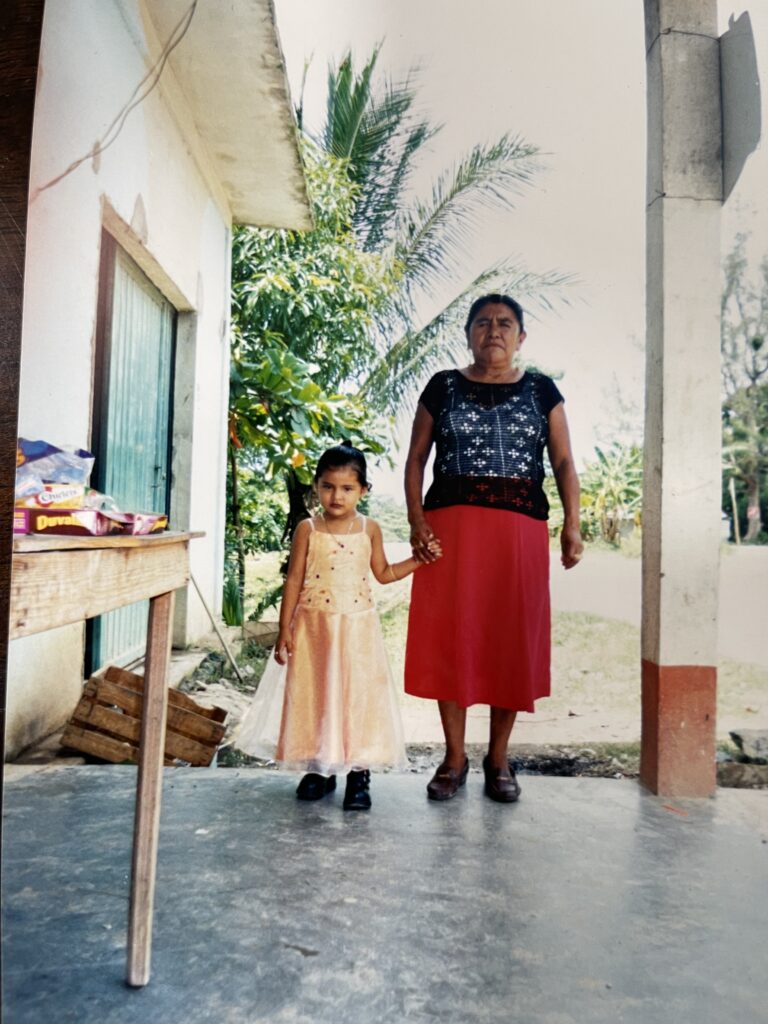
[1] Abramson, Alana. “Here’s How Much Money Rescinding DACA Could Cost the U.S. Economy.” Fortune, 6 Sept. 2017, fortune.com/2017/09/05/daca-donald-trump-economic-impact/.
[2] Svajlenka, Nicole Prchal, et al. “A New Threat to DACA Could Cost States Billions of Dollars.” Center for American Progress, 21 July 2017, www.americanprogress.org/issues/immigration/news/2017/07/21/436419/new-threat-daca-cost-states-billions-dollars/.
[3] “An Estimated 24 Million Young People Voted in 2016 Election.” THE CENTER FOR INFORMATION & RESEARCH ON CIVIC LEARNING AND ENGAGEMENT, Tufts University, 9 Nov. 2016, civicyouth.org/an-estimated-24-million-young-people-vote-in-2016-election/.
Process Post 1
Worries: not artistic, I personally don’t believe I am a creative person/don’t know how to think outside of the box.
To me, analyzing art unearthed the same trauma as having to write an essay on a DBQ in AP History. Despite my initial concerns, I was surprised by how deeply I considered each assignment and how carefully I contemplated each image. Going into the Metaphorical Me project, I wasn’t thinking much about the elements but rather just what felt “right” to me. After a lengthy google search, this is ultimately the image I chose to represent me:
Now I have the vocabulary to articulate that I was drawn by the repetition and texture of the aloe vera tendrils and the contrast between the dark, damp soil and the bright green aloe plant. While formal elements are the components that make up an image, they are also what leads to finding and describing meaning. In this case, this image inspired thoughts of dirty vs. clean, decomposing vs. healing, gritty vs. smooth. There is such a contrast between the brown of the soil and the green of the aloe vera, both in how they look and what they represent. The dirt helps to elevate the aloe vera’s healing properties, with the vibrant green of the leaves symbolizing life. The fact that the leaves are not contained within the borders opens up the possibility of the tendrils continuing to reach towards the sky. All these elements (lines, texture, shape, color) come together to convey a narrative. Going through my group’s adjectives and chosen images, I was blown away by how their images captured their essence so perfectly. After some suggestions from my group, I chose the following as my final image:
This image also tells a story: harmony, collaboration, trust. The bees all form one line, balancing each other out perfectly. The eye follows the line from one side to the other; in contrast to the plant, this line is moving horizontally instead of vertically. Once I decided on bees, I went through various potential images. These were second and third place, respectively:
All three images have bees but their elements convey different meanings. I almost chose the photograph to the left but decided in favor of the chain of bees. Looking at the photograph of the bee on frost-covered tall grass, I could almost feel my fingers burning from imagining the cold ice. The bee not only seems to be almost frozen along with the grass but it’s also alone, which conveys a feeling of loneliness and isolation. The realism is what elevates this image, as I don’t think the same feeling could be communicated through a watercolor painting. In fact, to me, images of watercoloring paintings of winter scenes have an almost innate feeling of warmth and softness to them. For the watercolor bee, which places emphasis on the flower and the bee, it conveys serenity and simplicity, with the bee and dandelion being the focal point. The lines are relaxed and curved, rather than rigid. The colors are cohesive and peaceful. The bee is at rest and so is the flower and the greenery surrounding it. Ultimately, I decided that choosing this image would be insincere to myself, since I consider myself more rigid than easy-going.
It was amazing to see how these images evoked such feelings from me, and even more so how I was able to verbalize these feelings using the terminology I learned. Working on finding an image to describe myself and searching for art elements around me were two sides of the same coin; both explored the elements of art and how you could use these to tell a story. I was honored that one of my team members mentioned that this picture I took of my door looked “mysterious and angsty”. Although that might not have been the story I was trying to tell, they were able to find meaning in the shadows and the value. As I was going around my small basement apartment 1, I got my “creative juices flowing” as my high school Chinese teacher used to say, and explored different ways to redefine everyday items. Some seemed a little silly at first but I felt like I was back in my freshman year photography class, thinking about how to capture these elements in the wild.
As I searched on the web for images that could express the adjectives I’d chosen for myself, all the images I found (except for the water color image) turned out to be stock images, which took me down a rabbit hole of what a “standard license” was. Overall, I discovered that I needed to either purchase these items or create a free trial account in order to be allowed to use them. I definitely do not want to be sued for copyright infringement so I went for the latter. I was curious about what CC images were available so I perused Flickr and there were definitely some images I could’ve used instead. When it came to uploading an image on Flickr, my group chose the picture I took of my Gecko’s terrarium. We decided on the attribution license so that at least I would get some credit if someone decided to use it and called it a day.
